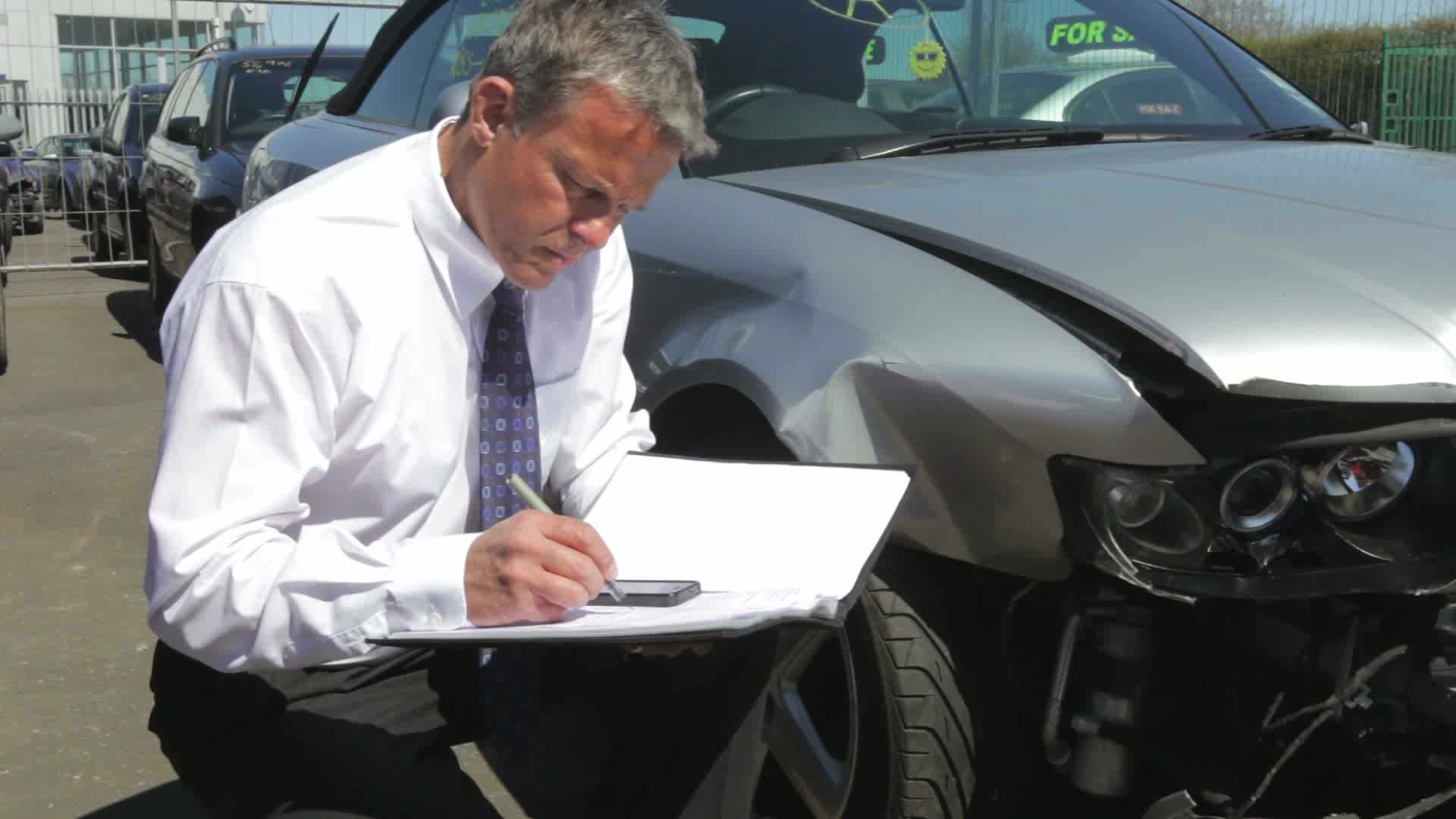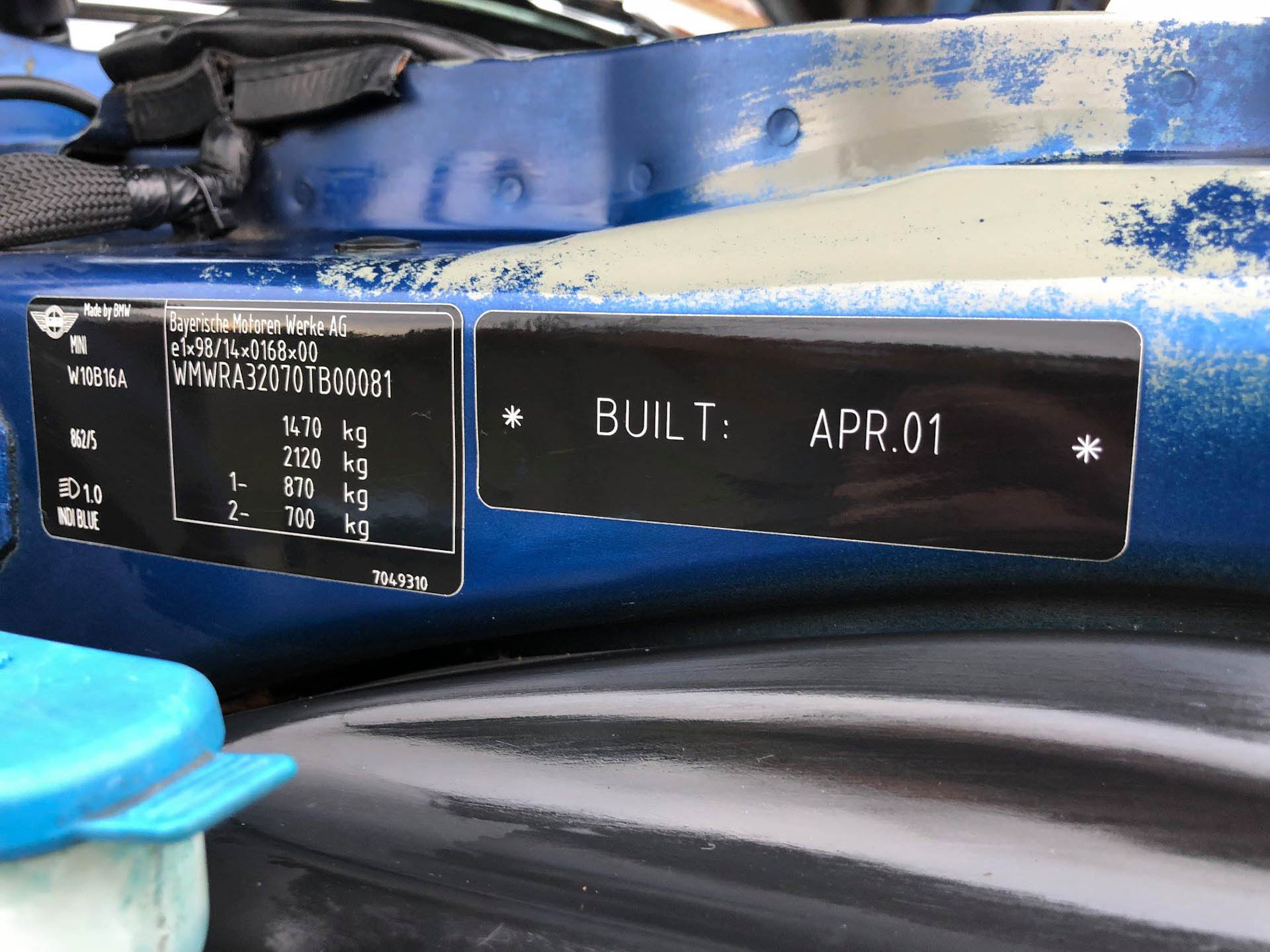Many car owners, especially novice motorists, believe that a car body number and its VIN code are completely identical concepts. However, in fact, it is not so. In order to avoid misunderstandings and make the right purchase decision, you should know how the body numbers differ from the VIN codes.
VIN Code
Serving as a vehicle identifier, the VIN number (it includes seventeen characters) contains more complete information about the car and is almost impossible to fake. In addition to other vehicle specs, the body number is also included in the VIN code data. With the FaxVIN service, you can easily decode the VIN code and get a car report.

Proper decryption of the VIN code allows you to learn about:
- car chassis number;
- vehicle manufacturing date;
- country of origin;
- information about its engine;
- engine volume;
- type of transmission system.
Based on this, the examination of VIN codes can be attributed to a universal procedure that allows you to determine whether the genuine data on a car specified in the technical documentation matches the information attached to the machinery.
Nowadays, a VIN code is used by a significant number of manufacturers, displacing the use of a body number, which many car owners are accustomed to. In more than 24 countries, car manufacturers mark vehicles using VIN numbers.
It is often applied to a non-removable body element in the area least susceptible to destruction in an accident.
Related: What You Need to Know About A Dealer That Buys Used Cars?
Body Number
As a rule, a car body number is represented by a certain number of characters (numeric and alphabetic). The combination contains information about the vehicle manufacturer. The length of the code is determined by the specific parameters of the car – its manufacturing company, model, type, etc. Thus, it can contain nine to twelve characters. When it comes to the “location” of the data, a car body number is applied to certain areas of the engine compartment hood or is placed on a plate. In some cars, it can be even located in a special window or under the front seats.

Related: Disposing of a Vehicle: 5 Pro Tips for How to Get Rid of an Old Car
It is not enough to find the body number; you are also to decode it correctly. This is how the combination should be decrypted:
- initial four to six characters – this is the brand, type of the car body;
- the next five to eight characters – information about the serial number.
In order to ensure more accurate decryption of the information contained in the initial characters, special tables are used.
Due to the fact that the VIN code and car body number look similar, many people confuse them. Based on this, it should be remembered that if the car has a 17-digit code, it has all its data under the roof of the VIN code. Thus, no other numbers can be attached to the vehicle since full information about the body number has already been covered in the VIN.






